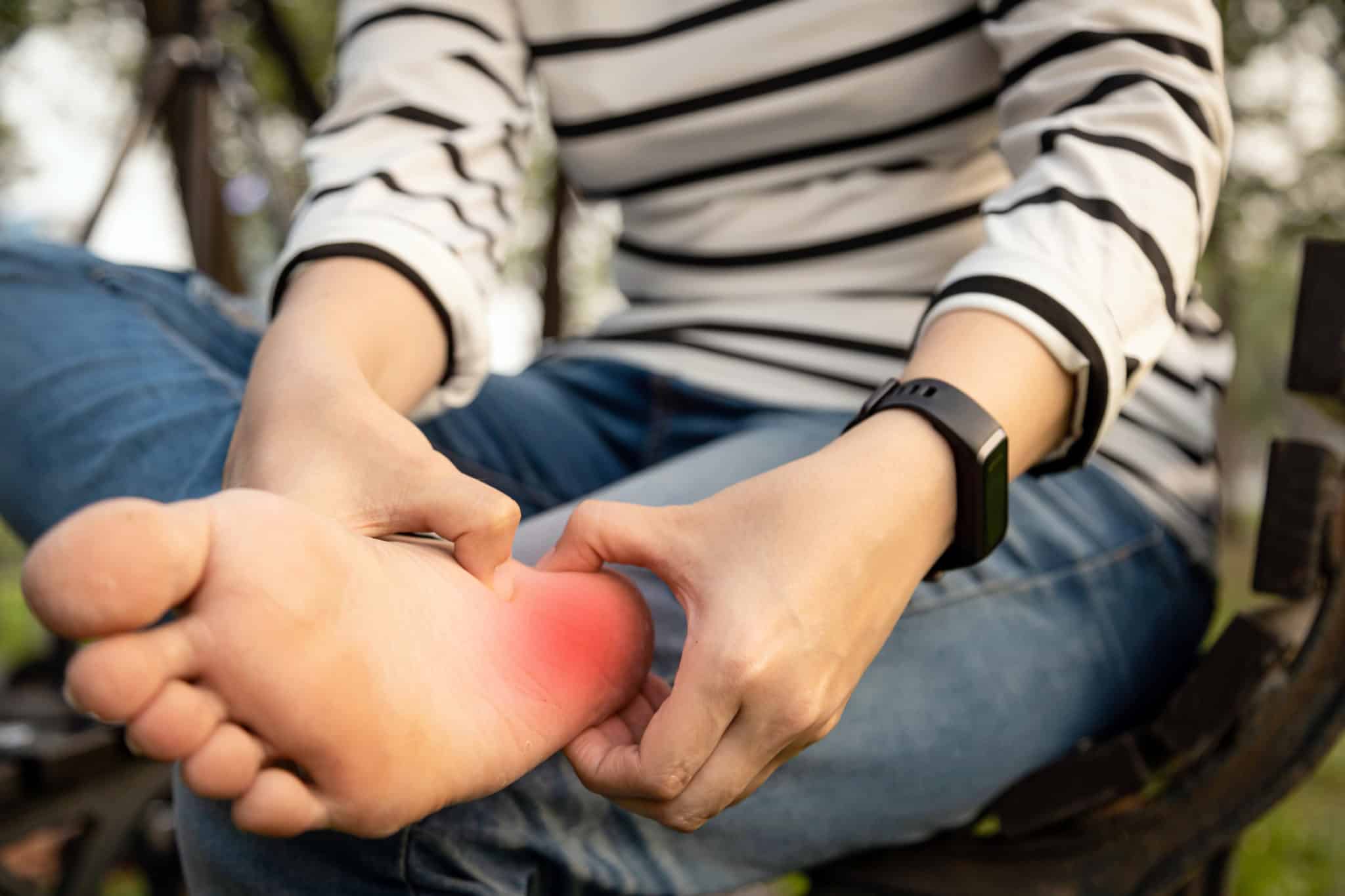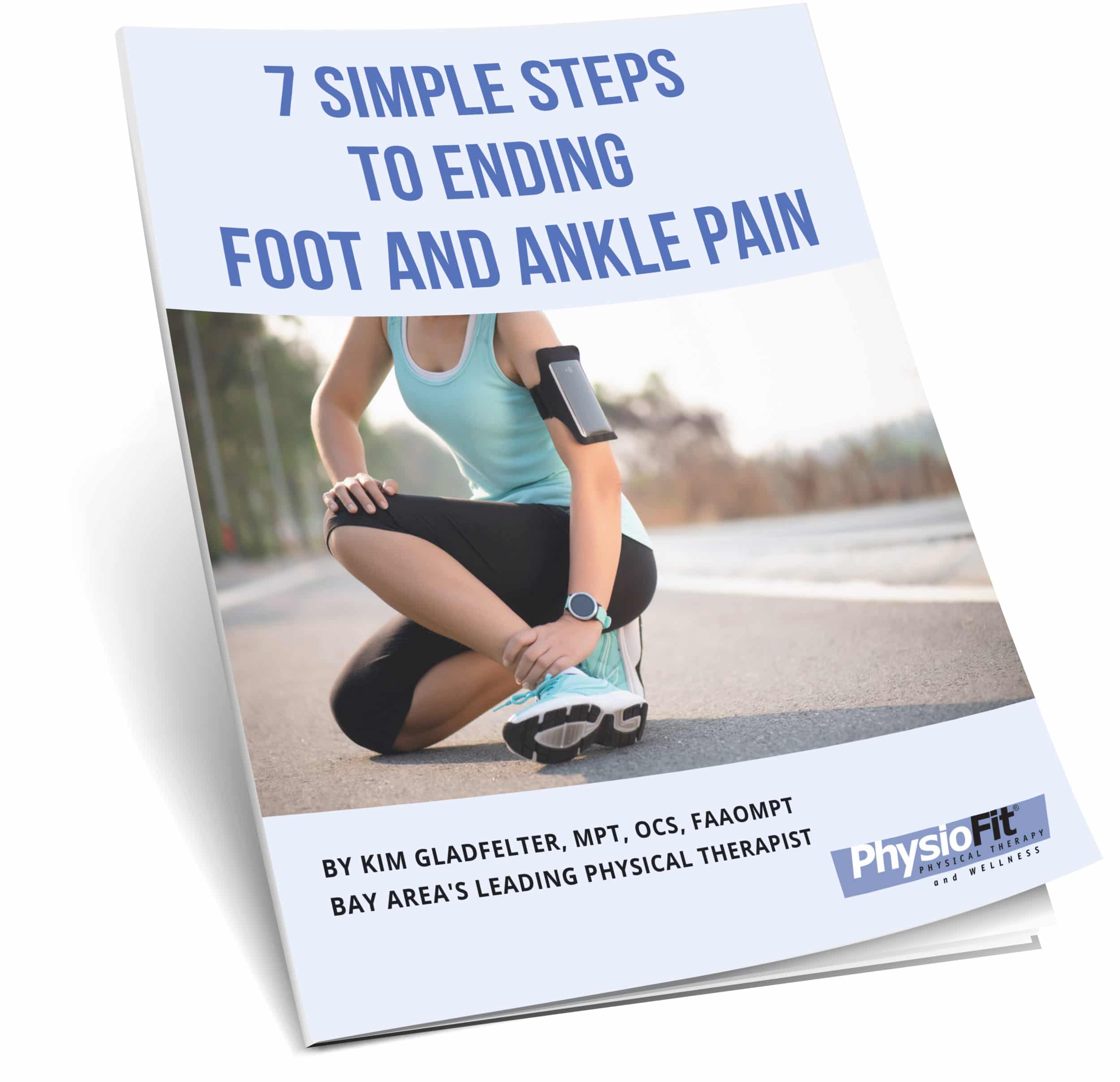 Heel Spurs vs Plantar Fasciitis
Heel Spurs vs Plantar Fasciitis
Do you experience pain in the bottom of your foot and heel area? This can be incredibly frustrating and prevent you from doing even the simplest things, like getting out of bed in the morning without wincing—let alone making it through a full day at work! According to the American Academy of Orthopaedic Surgeons, you’re not alone in your heel pain frustrations: every year, about 2 million Americans are treated for this very issue. In case you were wondering, the most common cause of heel pain is plantar fasciitis. It’s frequently assessed and treated by physical therapists. Plantar fasciitis is also frequently confused with another condition called a heel spur. What’s the difference between plantar fasciitis and heel spurs, and will know whether you have one or the other change your course of treatment? Let’s find out.
How do you tell the difference?
Go ahead and feel the bottom of your foot. Your plantar fascia is that tough tissue making up your arch. It’s a taut band of fibers connecting the front of your foot to your heel and helps absorb forces as you move about.
If and when this tough tissue becomes irritated and injured, you’ll know it. Plantar fasciitis (“-itis” meaning inflammation) happens when tiny tears in the plantar fascia develop, which can lead to a range of uncomfortable signs and symptoms. You could feel pain in the following areas:
Near the heel or at the bottom of the foot (often described as sharp, stabbing, or achy)
That gets worse after exercise or activity
That’s worse first thing in the morning or after getting up after sitting for a long time
Interestingly, there’s often no clear reason why plantar fasciitis develops! But we do know now that certain people are more at risk. This includes sudden changes in your daily activity level or exercise routine. One example of this is if you participate in repetitive impact movements like running. If you have tight calf muscles (which can affect the movement and flexibility of the feet), flat feet, or very high arches in your feet, this can also contribute to pain. Certain health conditions, including obesity, diabetes, and pregnancy, are also more likely to develop plantar fasciitis.
Now, here’s where heel spurs come in:
A heel spur is a calcified bony overgrowth that develops on your heel bone, called the calcaneus. If a heel spur is large enough, you may be able to feel it as a small protrusion beneath the skin near your heel. Like plantar fasciitis, it’s not always clear why heel spurs develop in some people and not in others. Issues like ill-fitting shoes may be a factor.
Not so long ago, we thought heel spurs cause plantar fasciitis. In fact, only about half of people with plantar fasciitis have heel spurs (you can see them on X-rays). Meanwhile:
1 out of 10 of us are walking around with heel spurs (and many of us don’t even know it)
Only 5 percent of people with heel spurs (1 in 20) experience any heel pain at all
In other words: heel spurs may cause heel pain, but it’s not likely. It seems to be that heel spurs just happen to develop in some people, whether or not they go on to develop plantar fasciitis.
The fact that heel spurs often don’t usually cause pain is good news, by the way, because it means the chances of you needing to have a bone spur surgically removed is super low. Instead, other treatments for heel pain are likely to be effective.
Treating Heel Pain—Your Best Options
Heel pain is usually caused by plantar fasciitis rather than a heel spur. And if your symptoms don’t go away after a couple of weeks of rest, talk to a physical therapist.
Physical therapy is as an effective treatment for heel pain caused by plantar fasciitis and other conditions. This is done with stretches, exercises, braces, lifestyle modifications, and non-invasive pain-reducing techniques. And unlike medications, physical therapy can also help you tackle the underlying cause of your heel pain in addition to alleviating your symptoms, which can mean longer-lasting relief for you.
 Download your free guide: “7 Simple Steps to Ending Foor and Ankle Pain”
Download your free guide: “7 Simple Steps to Ending Foor and Ankle Pain”
Our quick and easy-to-follow guide is to get you started on the right path toward a pain-free life.
 ABOUT THE AUTHOR
ABOUT THE AUTHOR
Kim Gladfelter, MPT, OCS, FAAOMPT
Women's Health Physical Therapy Specialist at PhysioFit Physical Therapy & Wellness
Kim Gladfelter is a physical therapist, Pilates instructor, educator, author, and co-founder of PhysioFit Physical Therapy & Wellness. She is known as a keen, well-rounded expert of healing through movement and women’s health specialist in the Silicon Valley area.
Kim has helped men and women of all ages to stay active and feel their best. She also writes about managing pain in her health columns, blogs and the local Los Altos Town Crier newspaper as well as reaches out to the local community, support groups, schools, libraries, and sports centers to advise and educate on body awareness and therapeutic exercise.

 Los Altos, CA
Los Altos, CA

 Heel Spurs vs Plantar Fasciitis
Heel Spurs vs Plantar Fasciitis
